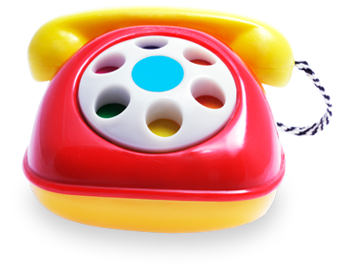Coarctation of the aorta and aortic arch hypoplasia are treated with different surgical approaches.
Thoracotomy and Coarctectomy
A simple coarctation (a short narrowing at the far end of the aortic arch) can often be repaired through the side of the chest. This technique, called a lateral thoracotomy, does not require the use of a heart-lung bypass machine. The narrowed section of the aorta is typically removed (this is called a coarctectomy), and the two remaining ends are sewn together.
Sternotomy
Aortic arch hypoplasia is usually repaired through the front of the chest by dividing the breastbone or sternum. This technique, called a sternotomy, requires the use of a heart-lung bypass machine to maintain blood flow to the body during the operation. The narrowed portion of the aorta is typically enlarged along its length using a patch.
If your child requires a sternotomy, they may benefit from an advanced method called Sustained Total All-Region (STAR) perfusion. This technique, developed at Duke, does not require stopping the heart during surgery or lowering the patient’s body temperature, and it maintains blood flow to all organs throughout the procedure. In addition to providing surgeons with real-time feedback about the heart’s function during the procedure, STAR perfusion has been shown to reduce bleeding after surgery and speed recovery.
Endovascular Angioplasty
During this minimally invasive procedure, an interventional cardiologist makes a small incision in the groin, inserts a thin, flexible tube called a catheter into a blood vessel, and guides it to the narrowed part of the aorta. Then a small balloon on the end of the catheter is inflated to expand the area. In some cases, a mesh metal tube called a stent is left behind to keep the aorta open.
Endovascular repair is best for children who are unable to undergo surgery or older children with a repeat coarct.
Follow-Up Care
Even after repairing the coarct surgically, your child may still have high blood pressure and need anti-hypertensive medication. Your doctor will recommend regular follow-up appointments to monitor blood pressure and check for signs of a repeat coarct.

